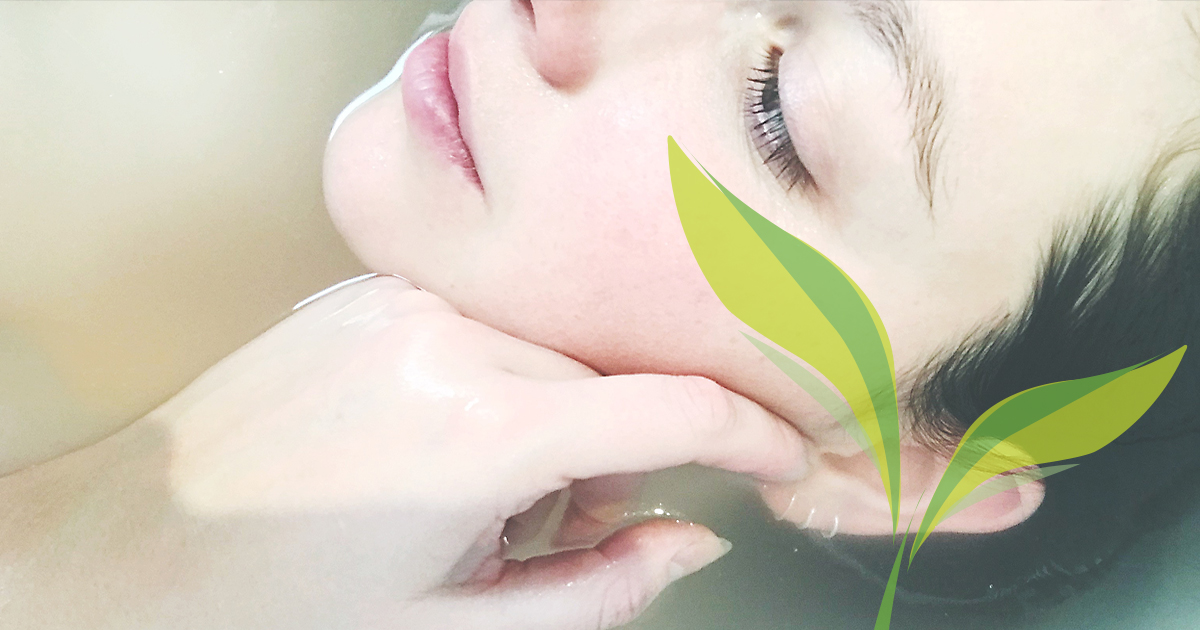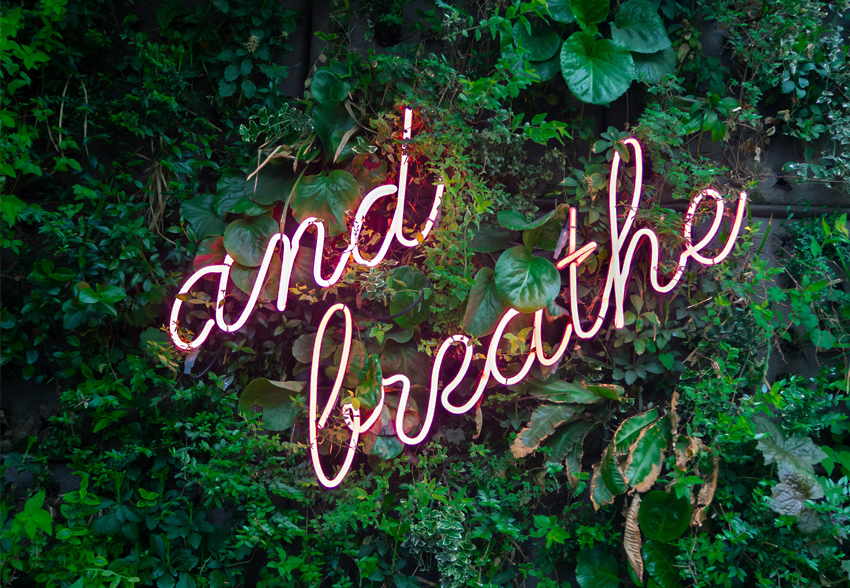Over the years I have been approached by patients who seek my care in an effort to bypass conventional medicine. It’s understandable, as many are dissatisfied by the tendency of conventional medicine to focus on high-tech interventions and pharmaceutical management of established disease. There are beneficial aspects of conventional care, most notably acute and surgical care, but I am concerned about those forgoing the preventive aspects of conventional medicine, such as cancer screenings, immunizations and medications that can prevent complications or progression of disease. In addition, I have also seen those declining curative cancer therapy.
Continue reading “Integrative Medicine is Not Alternative Medicine”Maintaining a Healthy Immune System During the Ongoing Threat of COVID-19
With the recent and ongoing threat of COVID-19, we are reading more than ever about the immune system, its function, and its failures. And while it would be a hopeful prospect to improve upon a normal and/or healthy immune system, there is little to no evidence that we can take supplements or drink juices to make it work more efficiently. In short, “immune-boosting” is not a possibility.
The good news is that we can make changes in our daily lives to maintain a normal immune response. Here are a few ways that we can keep our system strong.
Continue reading “Maintaining a Healthy Immune System During the Ongoing Threat of COVID-19”24-Hour Blood Pressure Monitoring for Prevention, Wellness
When I meet a new patient I spend 90 minutes with them, piecing together an extensive timeline, working decade by decade to create a thorough personal history, both generational and environmental. It’s the first step in developing a holistic view of the patient. The next step is testing – looking for the normal, the abnormal, and the path toward prolonged health and vital aging.
This year, I expanded my offerings to include new methods of health assessment, bringing in tools that screen for and monitor biomarkers of health and risk of disease. In the weeks to come, I will be sharing information on the office’s new technology. I hope that you, too, will recognize the importance of wellness through prevention and not wait until you are “sick enough” to take steps toward living optimally.
Continue reading “24-Hour Blood Pressure Monitoring for Prevention, Wellness”Surgical Success: Connecting Mind and Body
After receiving my initial cancer diagnosis, I became acutely aware of making my day-to-day life more manageable, both mentally and tangibly. I feel very grateful for the advice and discoveries that helped to navigate my experience as a cancer patient and to live intentionally.
Continue reading “Surgical Success: Connecting Mind and Body”Surgical Success: How “Prehab” Exercise Affected My Recovery
Studies show that a contributor to successful rehabilitation is prehabilitation or prehab, an exercise program started prior to surgery. Formerly affiliated with orthopedic operations such as knee and hip replacements, prehab has become more mainstream in the treatment of cancer patients, as early research reveals that becoming fit prior to cancer surgery may reduce the risk of cancer recurrence and progression, improve the effectiveness of treatment, reduce the side effects of chemotherapy and improve energy, self-image, confidence, and quality of life.
Continue reading “Surgical Success: How “Prehab” Exercise Affected My Recovery”Scrutinizing Sweat: More to Explore

Whether you’re working up a lather by exercising or merely perspiring in the heat, sweating has thus far been perceived as healthful. But what do we really know about the process of perspiring? While its benefits have been touted from the Roman baths and Aboriginal sweat lodges to Scandinavian saunas and Turkish baths, there is much more to explore.
Sweat is 99% water, with the remainder made up of minerals such as sodium, potassium, calcium, magnesium and lactic acid. We sweat because our bodies include a mechanism to stay at a consistent temperature, so as sweat evaporates, the body temperature is lowered. How much we sweat is variable and depends on factors such as one’s genetics, age, weight, percent of body fat, distribution of sweat glands, the time of day and even, for women, the menstrual cycle.
We also know that sweating is unique to humans, as we are the only mammal that relies on secreting water to the surface to cool ourselves, and that it may be affected by environment: Studies by Japanese scientists in the early 1900s demonstrated that where one spends the first two years of life dictates one’s number of the sweat glands and how many will be become activated. So, keeping your children in an air conditioned environment is going to affect their ability to thermoregulate later in life (which may explain the differences in my household, as my husband spent the first few years of his life in India, while I grew up in Canada).
In addition to exercise, there are several ways to sweat, and at this point research hasn’t proven that any one method is better than another.

If you’ve worked up a sweat and want to continue to sweat, wiping moisture with a clean towel will prevent a cooling effect and may help to maintain sweating. It may also help to remove any toxicants from your skin. Traditional and Finnish saunas call for cooling off in a tepid shower or experiencing any icy plunge. What’s most important is to rehydrate to replace water and electrolytes, using 1⁄2 liter of water (not from a plastic bottle, please) for every pound lost. In addition, refrain from putting chemicals on your skin, such as personal care products, and from using towels laundered with chemicals and dried with dryer sheets.
There are a multitude of facts and myths about the process of perspiring.
Is sweating a form of detoxification?
The main way we eliminate toxins is via the kidneys and through bile/stool. Research shows, however, that we can also detect a range of toxicants in sweat, but we don’t know if this is a preferential way to measure or rid of toxins. According to Dr. Donald Smith, Professor of Toxicology at UC Santa Cruz: “By forcing your body to perspire through heat exposure or heavy exercise, you can cause your kidneys to save water and actually hang on to any toxins that may be circulating in your system.” More research is needed in this area.
Does sweating burn fat and calories?
I am not convinced that sedentary sweating, or sweating without exercise, is a path to losing weight. Claims of burning calories by sitting in a sauna are exaggerated, as most, if not all, weight loss from sauna use is water weight and should be reversed by hydrating. However, sauna use may assist in weight loss via stress reduction and improved circulation.
Can sauna use help with cardiovascular, respiratory and brain health?
A number of studies demonstrate the benefits of sauna use on cardiovascular disease, but at this point we are not sure why. We do know that there is a relatable impact on vasculature post MI, congestive heart failure, and dementia/alzheimers disease. A traditional Finnish sauna shows best results when taken four to seven times per week, and this study proves prospective evidence that sauna bathing is a protective factor against the risk of SCD, fatal CHD, fatal CVD and all-cause mortality events in the general male population. We also know that frequent sauna bathing can expand the air passages, reducing the risk of chronic and acute respiratory conditions, including pneumonia. In any event, even though further studies are needed, they currently suggest that sauna bathing is a healthy habit, whether due to sweating or merely taking the time to relax.
Does sweating affect diabetes and metabolic health?
The effects seen with incorporating sauna use and hot baths are similar to those seen when we exercise, including an increase in blood levels of epinephrine, norepinephrine, interleukin 6 (IL-6), growth hormone,and HSP72 (a heat shock protein). There is also improved insulin sensitivity, and a small study showed improved blood sugars, sleep and a general sense of well-being.
Can sweating aid cancer treatments?
In certain instances, hyperthermia can be used as an adjunct cancer therapy, but at this time we cannot extrapolate the benefits of hyperthermia treatment to sauna use, as the body cannot achieve the core temperatures via a sauna or heating blankets. In supplementing cancer treatments, hyperthermia needs a higher core/tissue temperature and must be medically induced, which cannot be achieved at home.

As always, consult with your physician before preparing a program for perspiration, as there are some conditions in which sauna and heat exposure may be harmful, such as high risk pregnancy, diabetes, recent myocardial infarction and aortic stenosis. However, once given the green light, it may be beneficial to incorporate a bathing program three times per week, if your schedule allows, or head outside this spring and begin a regimen of vigorous, sweaty sessions.
References
Genuis SJ1, Beesoon S, Lobo RA, Birkholz D. Human elimination of phthalate compounds: blood, urine, and sweat (BUS) study. Scientic World Journal. 2012;2012:615068.
Doi: 10.1100/2012/615068. Epub 2012 Oct 31.
Genuis SJ1, Beesoon S, Birkholz D, Lobo RA.
Human excretion of bisphenol A: blood, urine, and sweat (BUS) study.
J Environ Public Health. 2012;2012:185731. doi: 10.1155/2012/185731. Epub 2011 Dec 27.
Kunutsor SK1, Laukkanen T2, Laukkanen JA3. Frequent sauna bathing may reduce the risk of pneumonia in middle-aged Caucasian men: The KIHD prospective cohort study. Respir Med. 2017 Nov;132:161-163. doi: 10.1016/j.rmed.2017.10.018. Epub 2017 Oct 23.
Jari A.”Laukkanen,”MD, PhD Tanjaniina”Laukkanen,”MSc1; Hassan”Khan,”MD, PhD2; Francesco”Zaccardi,”MD3; et al. Association Between Sauna Bathing and Fatal Cardiovascular and All-Cause Mortality Events. JAMA Intern Med. 2015;175(4):542-548. doi:10.1001/jamainternmed.2014.8187.
Chikako TOMIYAMA1, Mayumi WATANABE2, Takashi HONMA3, Akihiro INADA3, Takayoshi HAYAKAWA3, Masae RYUFUKU4, and Toru ABO5 The effect of repetitive mild hyperthermia on body temperature, the autonomic nervous system, and innate and adaptive immunity. Biomedical Research (Tokyo) 36 (2) 135-142, 2015.
Kowatzki D1, Macholdt C, Krull K, Schmidt D, Deufel T, Elsner P, Fluhr JW. Effect of regular sauna on epidermal barrier function and stratum corneum water-holding capacity in vivo in humans: a controlled study. Dermatology. 2008;217(2):173-80.
doi: 10.1159/000137283. Epub 2008 Jun 5.
Karagülle M1, Kardeş S2, Dişçi R3, Karagülle MZ2 Spa therapy adjunct to pharmacotherapy is benecial in rheumatoid arthritis: a crossover randomized controlled trial. Int J Biometeorol. 2018 Feb;62(2):195-205. doi: 10.1007/s00484-017-1441-y. Epub 2017 Sep 7.
Santos I1,2, Cantista P1,3, Vasconcelos C1,3, Amado J4. Balneotherapy and Rheumatoid Arthritis: A Randomized Control Trial. Isr Med Assoc J. 2016 Aug; 18(8):474-478.
Oosterveld FG1, Rasker JJ, Floors M, Landkroon R, van Rennes B, Zwijnenberg J, van de Laar MA, Koel GJ.
Nurmikko T1, Hietaharju A. Effect of exposure to sauna heat on neuropathic and rheumatoid pain. Pain. 1992 Apr;49(1): 43-51.
Terhorst L1, Schneider MJ, Kim KH, Goozdich LM, Stilley CS. Complementary and alternative medicine in the treatment of pain in bromyalgia: a systematic review of randomized controlled trials. J Manipulative Physiol Ther. 2011 Sep;34(7):483-96.
doi: 10.1016/j.jmpt.2011.05.006. Epub 2011 Jun 24.
Naumann J1, Grebe J2, Kaifel S2, Weinert T2, Sadaghiani C3, Huber R2. Effects of hyperthermic baths on depression, sleep and heart rate variability in patients with depressive disorder: a randomized clinical pilot trial.






